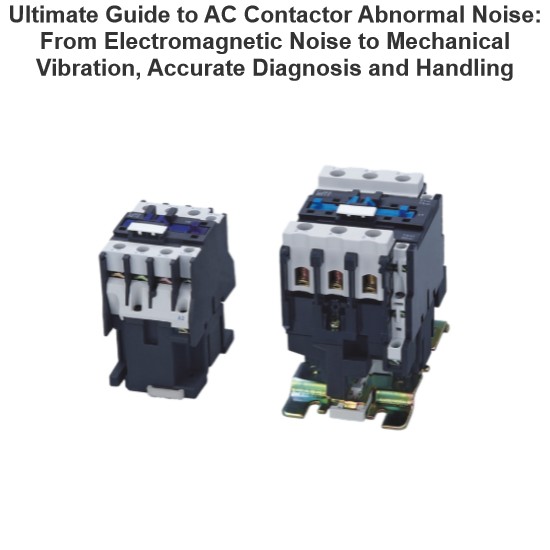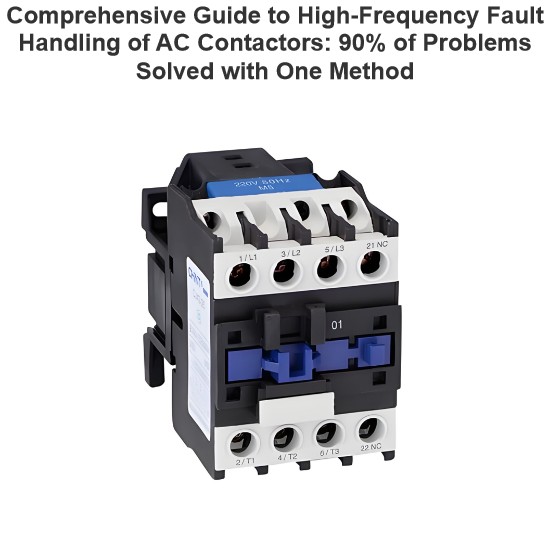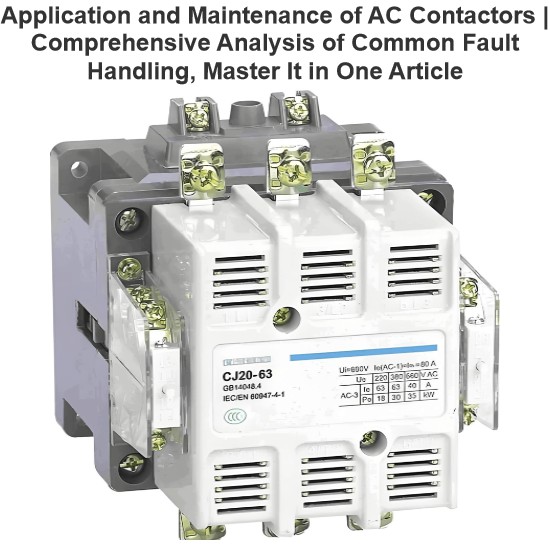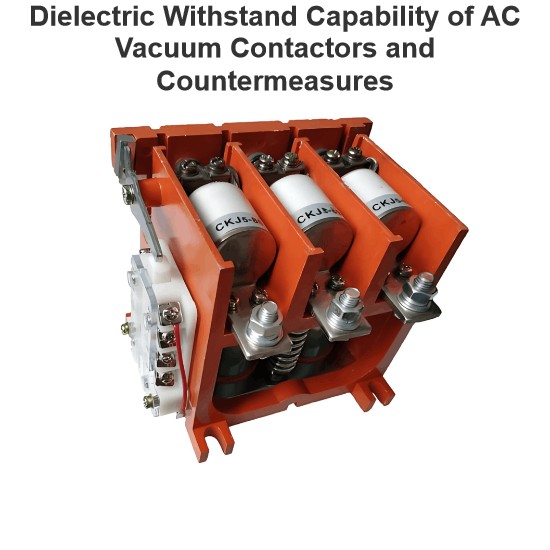Current transformers are numerous in substations and are key equipment to ensure the normal operation of the system. If a current transformer fails, it will cause the circuit breaker to trip and may even evolve into a power outage event, which will have an adverse impact on the safe and stable operation of the power grid. Taking an event of the main transformer differential protection operation caused by the failure of the current transformer on the low-voltage side of the main transformer in a 66 kV substation as an example, through on-site inspection, test review, and disassembly research, the causes of the failure are analyzed and diagnosed, and suggestions for preventing the same type of failure are put forward.
1 Failure Analysis and Diagnosis
1.1 Basic On-site Status
In September 2020, the background computer of a 66 kV substation in operation alarmed, showing that the second set of longitudinal differential protection of No. 2 main transformer operated. The circuit breakers on both the high-voltage and low-voltage sides of No. 2 main transformer tripped, the section automatic reclosing operated, and the section circuit breaker closed without load loss. After arriving at the site, the substation operation and maintenance personnel inspected all relevant equipment and found no abnormal appearance, foreign object hanging, burnt smell, or discharge signs. After arriving at the site, the substation maintenance personnel found through inspection that the first set of protection of No. 2 main transformer did not detect the differential current, only the backup protection started, but did not reach the delay setting value after starting, and the second set of protection detected the differential current and tripped the circuit breakers on both sides of the main transformer.
1.2 Failure Cause Analysis
The setting values of the protection device are shown in Table 1, and the parameters of the current transformer on the low-voltage side are shown in Table 2. After inspection, the setting values are correct, and the results of the sampling accuracy test, ratio braking test, differential test, and second harmonic braking test are good. The secondary side wiring of the current transformer on the low-voltage side of the main transformer is reviewed, and the external wiring method of the terminals is correct.


Analysis of differential protection data and waveforms revealed a shunt in Phase A of the second set’s low-voltage current transformer. To verify, 30 A was applied to Phases A/B of the primary side. The first set showed correct values (A: 0.100 A, B: 0.099 A); the second set had B at 0.098 A but A at 0.049 A, indicating a Phase A fault.
Applying ~5 A to the secondary 1S1–1S2 caused a small current in the second set; direct application to the first set showed no current in the second, confirming correct secondary wiring. Withstand voltage and partial discharge tests on the transformer met standards. After removing Phase A’s external wiring, an inter-phase insulation test showed 0 resistance between 1S2 and 2S1, proving complete breakdown.
This breakdown caused shunting in the second set’s Phase A, leading to measurement errors. Before protection operation, the first set measured 8.021 A, the second 4.171 A—an actual error of 3.850 A. Converted, this created a 3.217 A differential current (exceeding the setting), triggering protection.
1.3 Fault Diagnosis
Disassembling the faulty current transformer and observing its internal structure and manufacturing process revealed the root cause: During production, enameled wire leads (with excessive enamel removal) are soldered to secondary terminals. Despite using insulating tubes, manual operations and space constraints result in insufficient insulation clearance between secondary leads. Over time, prolonged current exposure degrades secondary winding insulation, causing inter - winding breakdown and triggering the fault.
2 Fault Handling
Phases B and C current transformers in the same interval were inspected. After verifying correct installation/wiring and passing re - conducted handover tests, they were retained. Urgently sourced current transformers (same specs, different batch) were installed post - passing tests, restoring normal substation operation (stable as of now).
3 Suggestions and Pre - control Measures
Based on this fault:
Manufacturers must strengthen production process control (e.g., re - inspect lead/mold - fitting steps) and enforce strict quality checks.
Increase voltage levels for inter - coil withstand tests during factory inspections.
Operation/maintenance units should schedule proactive maintenance, stock spare parts, and inspect same - batch current transformers thoroughly—replacing faulty units promptly.
























